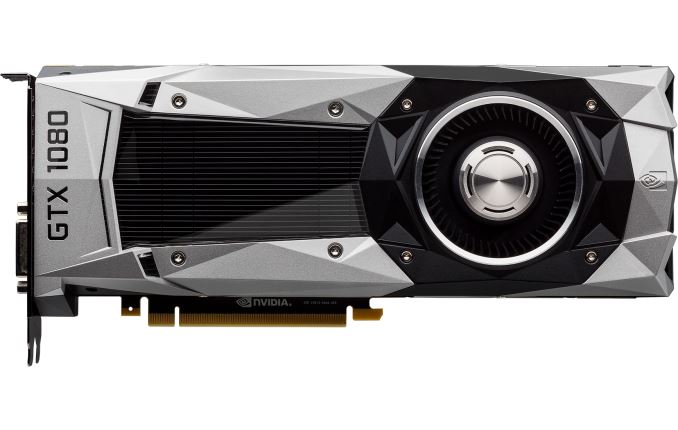- Joined
- Dec 31, 2009
- Messages
- 19,415 (3.42/day)
| Benchmark Scores | Faster than yours... I'd bet on it. :) |
|---|
I swear it's been mentioned a half dozen times... lol...When I set all defaults, my single core boost hit the rated speeds. just doesn't say on the box only one core goes that speed.
Tested and verified using PiMod 32m. (Just had to reset all defaults and check my boot settings)
..this has nothing to do with zen+. Nobody complained about zen+ and how it boosts. Thread title says 3rd gen.
But congrats on your cpu working as it should. I cant wait to say the same.







 (specially with a 3600X since i would get it for 40chf/$ less than what the 6600K did cost at the time )
(specially with a 3600X since i would get it for 40chf/$ less than what the 6600K did cost at the time )




